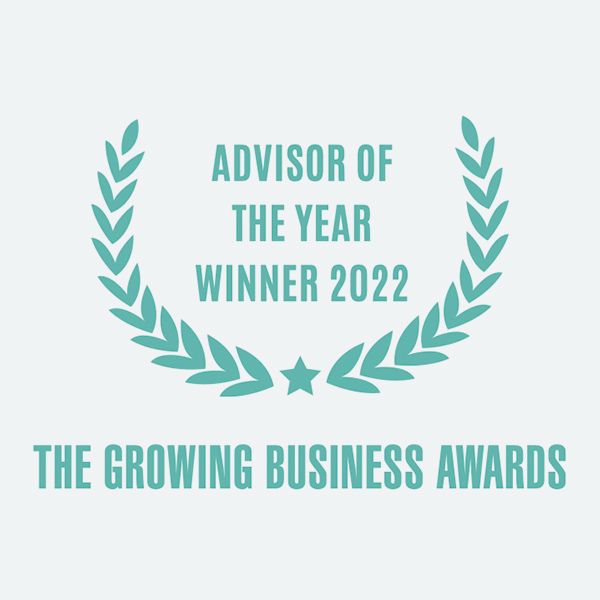

How do you know it’s the right time to seek startup finance?
2nd December 2019
Let’s say you’ve hit upon a business idea that you’re sure can be turned into a reality. Maybe you nailed it on your first foray into the entrepreneurial world, or perhaps you had to go through numerous unworkable concepts before finding a diamond in the rough. Regardless, you’ve decided to commit to the attempt, and taken your first steps on your lengthy startup journey.
Here’s the thing, though: reaching your goal is going to take a lot of money, and even if you have some savings, they’re unlikely to cover it. That’s why startup financing exists. There are various forms of it these days (most notably angel investment and crowdfunding), but the first question you need to answer is this: when is the right time to seek financing?
If you try too early, or too late, it can be detrimental to your chances of succeeding. In this piece, we’re going to set out some tips for determining if the time is right. Let’s get to them:
You’ve proved basic business viability
In principle, you can seek funding at any time, even if you don’t actually have a business yet — there’s nothing stopping you from approaching an investor with a half-baked idea and asking for a lump sum to pursue it. It just won’t work. You can have a spectacular idea, but if you can’t show that it can be actioned, what reason will an investor have to believe that it’s viable?
You don’t need to have achieved major profitability, or secured your first office, or anything so advanced. You just need to have some kind of proof that the concept isn’t just a pipe dream. If you’re working on a product, you could show off a functional prototype built at a reasonable material cost. If you’re offering a service, you could secure an initial client to confirm that it’s genuinely something worth paying for.
You’ve planned a scalable foundation
Investors typically get involved in startup financing because of its potential for extreme growth. Get in on the ground floor of the next big thing, and a modest sum could grow to a huge amount of money. Even so, they’re not going to be cavalier with their cash, and won’t be willing to hand it over to a startup that lacks a solid plan of how it’s going to scale.
This comes down to a combination of SOPs (standard operating procedures), infrastructure elements such as hardware and software tools, and a coherent brand identity. When you have just one client, you can operate in a very unstructured way (doing everything manually), but as soon as you start to scale, you need to be able to work efficiently and consistently. I recommend covering the following bases:
- Choose a suitable CMS to underpin your website.
- Nail your brand guidelines (logo, font, colours, etc.).
- Set up branded invoices (you can always use templates).
- Secure (or at least identify) the equipment you’ll need.
- Define the full-time roles you’ll need to fill.
- Have a tiered plan for the next year or two.
You have a compelling elevator pitch prepared
I mentioned that there are different types of startup finance, but there’s no compelling reason why you should rule anything out ahead of time. It’s possible that you might get nowhere with standard investors and have more success crowdfunding — but what’s true regardless is that you need to have a compelling elevator pitch.
You might present it in a 15-minute face-to-face meeting, or through a dedicated page on a crowdfunding site: either way, you need a succinct and punchy argument for why your startup warrants (and deserves) strong investment. If you happened to run into a wealthy investor in an elevator, would you be able to coherently explain the nature (and potential) of your startup?
If you currently can’t make such a case for your startup, then you have two options: you can either bide your time and come back to the idea once you’ve made some progress with the development of your startup, or you can use a pitching service to help you along. Either way, don’t go for funding before you’re ready. It’ll sour people against the concept of your company.
If you get it right, your startup funding phase should be completed in one neat chunk — you shouldn’t need to try multiple times to convince people to invest in you. It’s dangerous to pitch too early or too late, so check that you have the ingredients we’ve covered before you take the plunge.
Author
Kayleigh Alexandra, Micro Startups
The Micro Startups blog shares news and insights to startups, nonprofits, charities, and small businesses.
Keep up to date with what we’re up to via email






Copyright ©Robot Mascot Ltd. All rights reserved.





